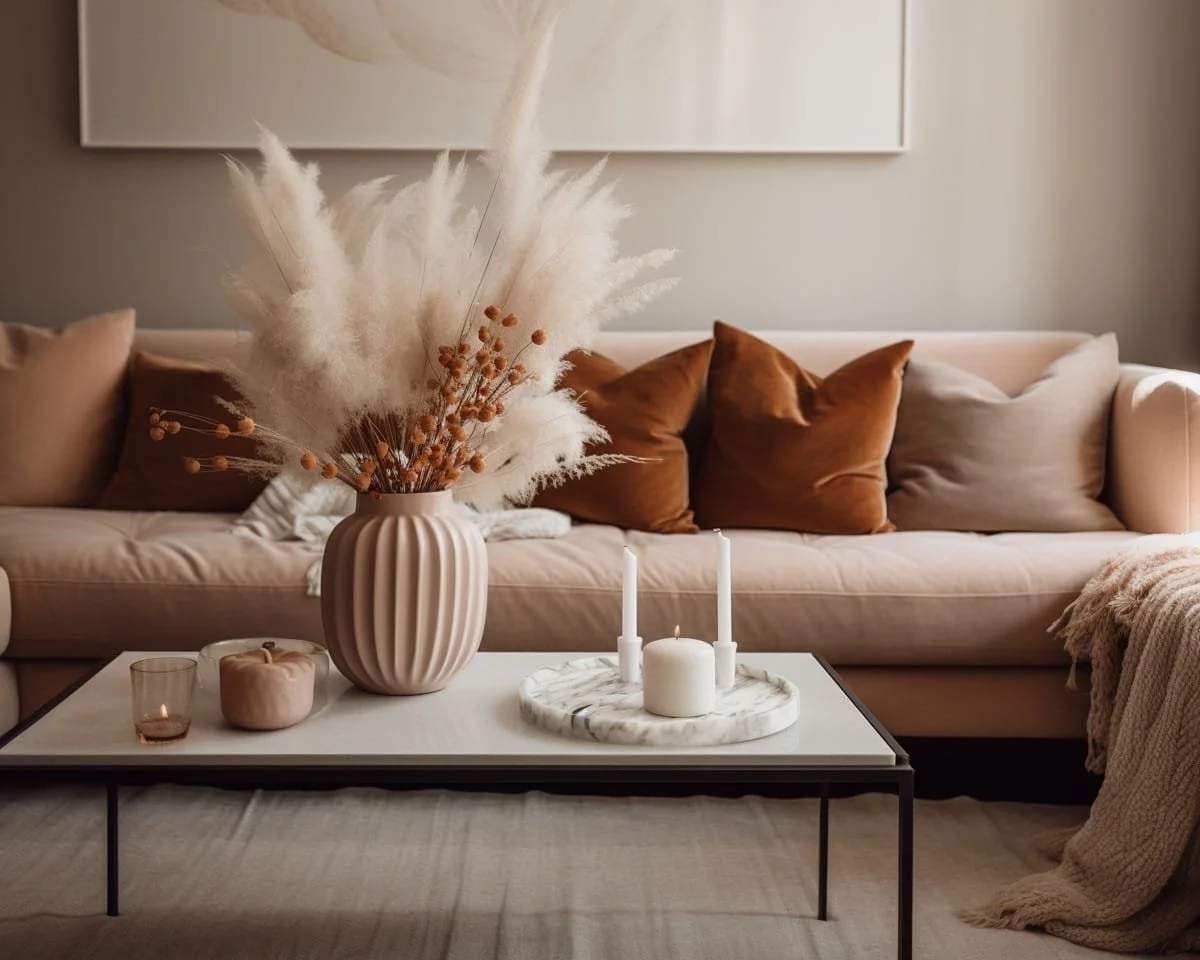Enhancing your living space with colour…
As an interior designer, understanding the psychology of colour is paramount in creating environments that not only look aesthetically pleasing but also evoke specific emotions and responses from those who inhabit them.
Colour has a profound impact on our mood, behaviour, and overall well-being. In this article, we will delve into the significance of colour in interior design and explore how different colours can be utilised to optimise living spaces in the living room, dining room, and bedroom.
Colour psychology is the study of how colours affect human emotions and behaviour. Each colour possesses unique psychological properties, and our perception of these colours can vary based on cultural, personal, and contextual factors. Understanding these associations is crucial in crafting spaces that align with the desired mood and purpose of a room.
Warm colours, such as red, orange, and yellow, are energetic and stimulating. They can evoke feelings of warmth, passion, and excitement. These hues are often used to create a cozy and inviting atmosphere in living spaces.
Cool colours, including blue, green, and purple, are calming and soothing. They can induce a sense of tranquility, peace, and relaxation. Cool colours are frequently employed in areas where a calming and refreshing ambiance is desired.
Colour in Living Spaces
Living Room
The living room is a central space for socialising and relaxation. It should be inviting and comfortable while also reflecting the homeowner's style and personality. Here are examples of how different colours can be utilised in the living room:
Neutral Palette:
Neutral colours like beige, ivory, and light grey provide a timeless and versatile backdrop for the living room. They allow for flexibility in furniture and decor choices while creating a sense of spaciousness and sophistication. In a smaller living room, lighter neutrals can create an illusion of space.Blue:
Blue is a popular choice for living rooms as it exudes a calming and serene ambiance. Light blues can make a room feel airy and expansive, while deeper blues can add a touch of elegance and depth. In a larger living room, deeper blues can create a cozy atmosphere.Earth Tones:
Incorporating earthy hues such as browns, greens, and terracottas can connect the living room to nature. These colours create a warm and cozy environment, perfect for unwinding after a long day. In a larger living room, these colours can add a sense of intimacy.
Image credit: Decorilla.com
Dining Room
The dining room is a space for nourishment and socialising. The colour scheme chosen should encourage enjoyable dining experiences and lively conversations. Here are examples of how colours can enhance the dining room:
Red:
Red is known to stimulate appetite and energise. Incorporating shades of red, such as burgundy or crimson, in the dining room can create a lively and inviting atmosphere for meal times. In a smaller dining room, lighter reds can create a sense of spaciousness.Green:
Green, particularly shades resembling fresh vegetables or herbs, can evoke a sense of health and vitality. Using green in the dining room can promote a wholesome and refreshing dining experience. In a larger dining room, deeper greens can create a rich and sophisticated atmosphere.White:
White is a classic choice for dining rooms as it symbolises purity and cleanliness. It also provides a blank canvas to showcase vibrant table settings and decorative elements. In a smaller dining room, white can make the space feel more open and airy.
Image credit: HouseBeautiful
Bedroom
The bedroom is a personal sanctuary, a space to unwind and rejuvenate. The colour scheme should be soothing and conducive to relaxation. Here are examples of how colours can be utilised in the bedroom:
Lavender:
Lavender is a calming colour that promotes relaxation and tranquility. It is often associated with a good night's sleep, making it an excellent choice for the bedroom. In a smaller bedroom, light lavenders can create a sense of openness.Soft Blues and Greens:
Soft shades of blue and green can create a serene and peaceful environment in the bedroom. These colours are known to lower blood pressure and heart rate, facilitating a restful sleep. In a larger bedroom, deeper shades can add coziness.Grey:
Grey is a versatile colour that can be calming or sophisticated, depending on the shade. Light greys can create a serene atmosphere, while darker greys can add depth and elegance to the space. In a smaller bedroom, lighter greys can make the room feel more spacious.
Image credit: DecorPad.com
Tailoring Colours to Room Orientation
When considering colour choices for a space, it's essential to take into account the room's orientation and natural lighting. Different orientations (e.g., east-facing, south-facing) can significantly impact how colours are perceived and how they interact with the space:
East-Facing Rooms
East-facing rooms receive morning sunlight, creating a bright and energising environment. To balance this natural light, consider using warm and inviting colours like yellows, oranges, and light shades of red. These colours can enhance the morning sunlight and create a welcoming atmosphere.
Image credit: Decorilla.com
South-Facing Rooms
South-facing rooms receive ample sunlight throughout the day, making them well-suited for a wide range of colours. Cool hues like blues and greens can complement the natural light, creating a refreshing and airy feel. Additionally, neutral tones like whites and soft greys can maintain a sense of brightness while allowing for versatility in decor.
Image credit: Woodchipandmagnolia.co.uk
In conclusion, the strategic use of colour in interior design is a powerful tool to create atmospheres that cater to our emotional and psychological needs. By understanding the psychology of colour and considering factors such as room size and orientation, interior designers can craft environments that enhance our overall well-being and enrich our daily lives.






